Identity with Windows Server 2016 M55344AC Overview
Identity with Windows Server 2016 M55344AC Course Outline
Module 1: Deploy Active Directory Services
- Components of AD DS
- AD DS DCs
- Deploy AD DS DCs
- Azure AD Overview
Lab 1: Deploy and Administer AD DS
- Deploy AD DS
- Deploy DCs by Performing DC Cloning
- Administer AD DS
Module 2: Manage Directory Objects
- Manage User Accounts
- Manage Groups in AD DS
- Manage Computer Objects in AD DS
- Administer AD DS by using PowerShell
- Implement and Manage OUs
Lab 1: Manage AD DS Objects
- Create and Manage Groups in AD DS
- Create and Configure User Accounts in AD DS
- Manage Computer Objects in AD DS
Lab 2: Administer AD
- Delegate Administration for OUs
Module 3: Advanced AD DS Infrastructure Management
- Overview of Advanced AD DS Deployments
- Deploy a Distributed AD DS Environment
- Configure AD DS Trusts
Lab 1: Domain and Trust Management in AD DS
- Implement Forest Trusts
- Implement Child Domains in AD DS
Module 4: Implement and Administer AD DS Sites and Replication
- Overview of AD DS Replication
- Configure AD DS Sites
- Describe AD DS Sites
- Explain Reasons to Implement Additional Sites
- Configure Additional AD DS Sites
- Describe how AD DS Replication Works between Sites
- Describe the Intersite Topology Generator
- Describe SRV Resource Records
- Describe How Domain-Joined Computers Locate DCs
- Explain How to Move DCs Between Sites
Lab 1: Implement AD DS Sites and Replication
- Describe AD DS Site Links
- Explain the Concept of Site-Link Bridging
- Describe how to Manage Intersite Replication
- Configure AD DS Intersite Replication
- Describe the Tools for Monitoring and Managing Replication
Module 5: Implement Group Policy
- What is Group Policy?
- Implement and Administer Group Policy
- Group Policy Scope and Processing
- Troubleshoot the Application of GPOs
Lab 1: Implement a Group Policy Infrastructure
- Creating and Configuring GPOs
- Managing GPO Scope
Lab 2: Troubleshoot Group Policy Infrastructure
- Verify GPO Application
- Troubleshoot GPOs
Module 6: Manage User Settings with Group Policy
- Implement Administrative Templates
- Configure Folder Redirection, Software Installation, and Scripts
- Configure Group Policy Preferences
Lab 1: Manage User Settings with Group Policy
- Use Administrative Templates to Manage User Settings
- Implement Settings by using Group Policy Preferences
- Configure Folder Redirection
Module 7: Secure AD DS
- Secure DCs
- Implement Account Security
- Implement Authentication Auditing
- Configure Managed Service Accounts
Lab 1: Secure AD DS
- Implement Security-Related Polices in AD DS
- Implement Read Only Domain Controllers to Secure AD DS
- Create and Manage Service Accounts
Module 8: Deploy and Manage AD CS
- Deploy CAs
- Administer CAs
- Troubleshoot and Maintain CAs
Lab 1: Deploy and Configure a Two-Tier CA Hierarchy
- Deploy an Offline Root CA
- Deploy an Enterprise Subordinate CA
Module 9: Deploy and Manage Certificates
- Deploy and Manage Certificate Templates
- Manage Certificate Deployment, Revocation, and Recovery
- Use Certificates in a Business Environment
Lab 1: Deploy and Use Certificates
- Configure Certificate Templates for End Users
- Enroll for Certificate and Use Certificates
- Configure Key Recovery for Critical Certificates
Module 10: Implement and Administer AD FS
- Overview of AD FS
- AD FS Requirements and Planning
- Deploy and Configure AD FS
- Web Application Proxy Overview
Lab 1: Implement AD FS
- Deploy AD FS Infrastructure
- Configure an Application to use AD FS
- Configure AD FS for a Business-Partner Scenario
Module 11: Implement AD DS Synchronisation with Microsoft Azure AD
- Plan and Prepare for Directory Synchronisation
- Implement Directory Synchronisation by using Azure AD Connect
- Manage Identities with Directory Synchronisation
Lab 1: Configure Directory Synchronisation
- Deploy Directory Synchronisation between the AD DS and Azure AD
- Manage Users and Groups in a Directory Synchronisation Scenario
Module 12: Monitor, Manage, and Recover AD DS
- Monitor AD DS
- Manage the Active Directory Database
- Active Directory Backup and Recovery Solutions
Lab 1: Recover Objects in AD DS
- Backup and Restore AD DS
- Recover Objects in AD DS
- Monitor Azure AD


Who should attend this Identity with Windows Server 2016 M55344AC Course?
The Identity with Windows Server 2016 Course teaches professionals about deploying and configuring Active Directory Domain Services (AD DS), implementing Group Policy, performing backup and restore, and monitoring Active Directory-related issues. This Identity with Windows Server 2016 M55344AC Certification Course can be helpful for various professionals, including:
- IT Administrators
- Windows Server Engineers
- Active Directory Administrators
- Network Engineers
- System Architects
- Security Analysts
- Technical Support Specialists
Prerequisites of the Identity with Windows Server 2016 M55344AC Course
There are no formal prerequisites for this Identity with Windows Server 2016 M55344AC Training Course. However, some prior knowledge and experience with active directory concepts in windows server can be beneficial.
Identity with Windows Server 2016 M55344AC Course Overview
The Identity with Windows Server 2016 M55344AC Course offers a comprehensive introduction to the identity-related features in Windows Server 2016. This course is essential for IT professionals who manage, maintain, and secure identities in a Windows Server environment. The training provides in-depth knowledge and practical skills crucial for effectively implementing and managing identity services in Windows Server 2016.
Proficiency in Windows Server 2016 identity services is vital for ensuring secure and efficient management of user identities and access. IT a Dministrators, System Engineers, and IT Managers should aim to master this subject to enhance their capability in managing Active Directory Domain Services (AD DS), Group Policy, and other identity-related functionalities. This expertise is crucial for maintaining a secure and well-managed IT infrastructure.
This 5-day Identity with Windows Server 2016 M55344AC Training offered by The Knowledge Academy equips delegates with the necessary skills to effectively handle identity services in Windows Server 2016. Participants will gain hands-on experience in deploying, configuring, and managing identity-related features, ensuring they can apply their knowledge in real-world scenarios.
Course Objectives
- To understand the key identity services in Windows Server 2016
- To configure and manage Active Directory Domain Services (AD DS)
- To implement Group Policy for identity and access management
- To deploy and manage certificate services
- To configure and manage federated identity services
- To implement multi-factor authentication for enhanced security
After completing this Identity with Windows Server 2016 M55344AC Certification Course, delegates will be proficient in managing and securing identities within a Windows Server 2016 environment. They will possess the skills to implement advanced identity management solutions, ensuring robust security and efficient access control in their organisations.


What’s included in this Identity with Windows Server 2016 M55344AC Course?
- World-Class Training Sessions from Experienced Instructors
- Digital Delegate Pack


Why choose us
Ways to take this course
Experience live, interactive learning from home with The Knowledge Academy's Online Instructor-led Identity with Windows Server 2016 M55344AC. Engage directly with expert instructors, mirroring the classroom schedule for a comprehensive learning journey. Enjoy the convenience of virtual learning without compromising on the quality of interaction.
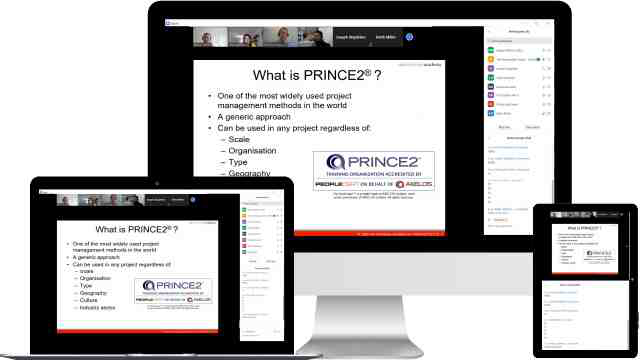
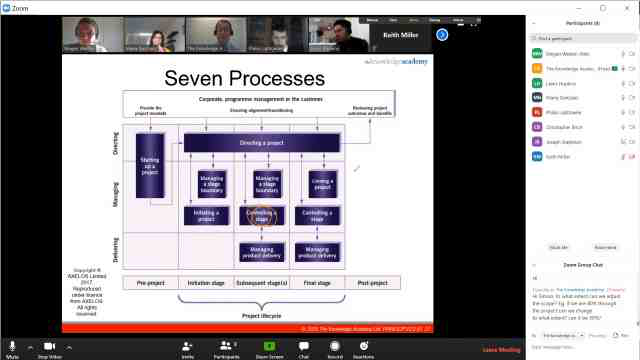
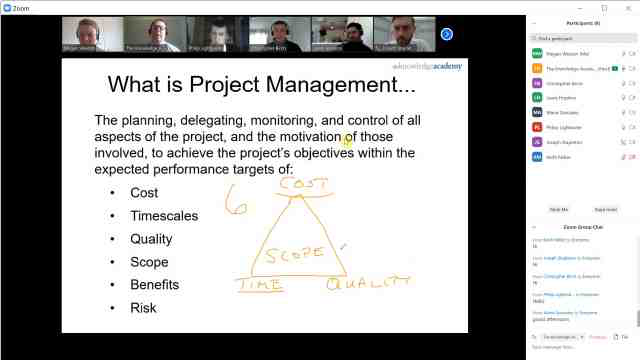
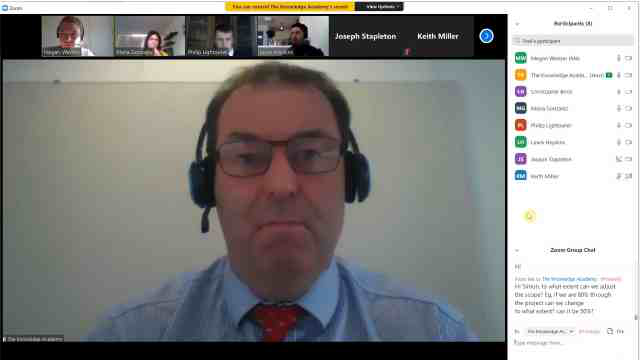
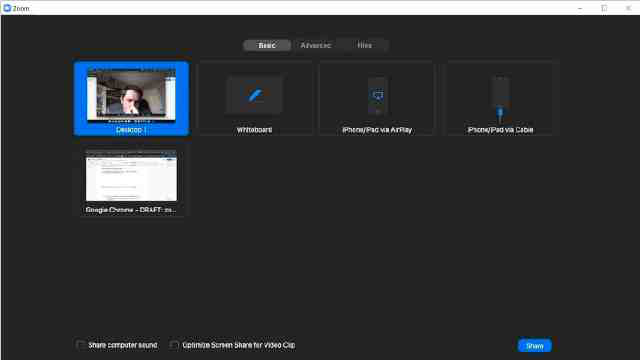
Unlock your potential with The Knowledge Academy's Identity with Windows Server 2016 M55344AC, accessible anytime, anywhere on any device. Enjoy 90 days of online course access, extendable upon request, and benefit from the support of our expert trainers. Elevate your skills at your own pace with our Online Self-paced sessions.
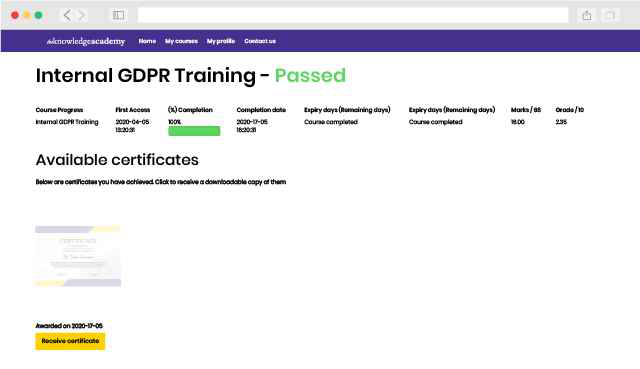
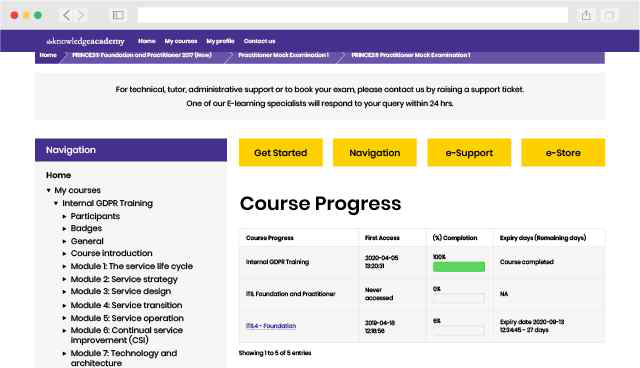
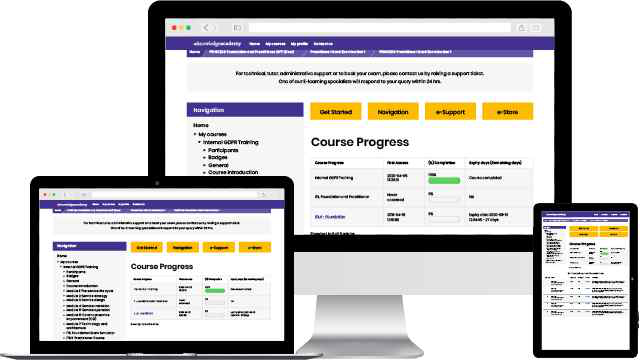
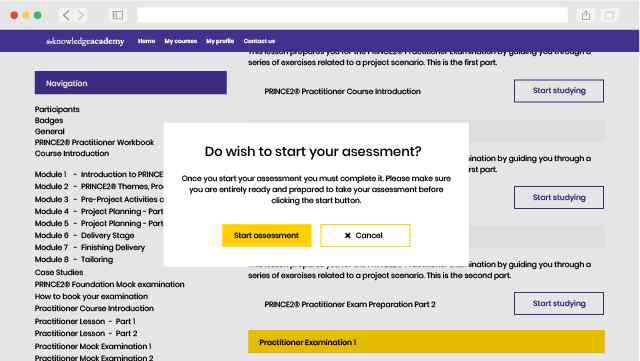
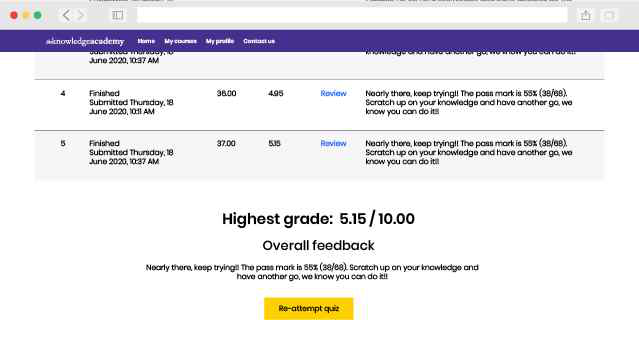
Experience the most sought-after learning style with The Knowledge Academy's Identity with Windows Server 2016 M55344AC. Available in 490+ locations across 190+ countries, our hand-picked Classroom venues offer an invaluable human touch. Immerse yourself in a comprehensive, interactive experience with our expert-led Identity with Windows Server 2016 M55344AC sessions.

Highly experienced trainers
Boost your skills with our expert trainers, boasting 10+ years of real-world experience, ensuring an engaging and informative training experience

State of the art training venues
We only use the highest standard of learning facilities to make sure your experience is as comfortable and distraction-free as possible

Small class sizes
Our Classroom courses with limited class sizes foster discussions and provide a personalised, interactive learning environment

Great value for money
Achieve certification without breaking the bank. Find a lower price elsewhere? We'll match it to guarantee you the best value
Streamline large-scale training requirements with The Knowledge Academy’s In-house/Onsite Identity with Windows Server 2016 M55344AC at your business premises. Experience expert-led classroom learning from the comfort of your workplace and engage professional development.

Tailored learning experience
Leverage benefits offered from a certification that fits your unique business or project needs

Maximise your training budget
Cut unnecessary costs and focus your entire budget on what really matters, the training.

Team building opportunity
Our Identity with Windows Server 2016 M55344AC offers a unique chance for your team to bond and engage in discussions, enriching the learning experience beyond traditional classroom settings

Monitor employees progress
The course know-how will help you track and evaluate your employees' progression and performance with relative ease
What our customers are saying
Identity with Windows Server 2016 M55344AC FAQs

Why choose us

Best price in the industry
You won't find better value in the marketplace. If you do find a lower price, we will beat it.
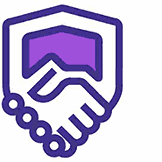
Trusted & Approved
The Knowledge Academy is a Microsoft Silver Partner, hence we are fully accredited

Many delivery methods
Flexible delivery methods are available depending on your learning style.

High quality resources
Resources are included for a comprehensive learning experience.




"Really good course and well organised. Trainer was great with a sense of humour - his experience allowed a free flowing course, structured to help you gain as much information & relevant experience whilst helping prepare you for the exam"
Joshua Davies, Thames Water



Identity With Windows Server 2016 M55344AC in United Kingdom
 London
London Birmingham
Birmingham Bristol
Bristol Milton Keynes
Milton Keynes Manchester
Manchester Reading
Reading Glasgow
Glasgow Edinburgh
Edinburgh Southampton
Southampton Virtual
Virtual Bath
Bath Liverpool
Liverpool Nottingham
Nottingham Bedford
Bedford Bolton
Bolton Newcastle
Newcastle Brighton
Brighton Bournemouth
Bournemouth Bracknell
Bracknell Cardiff
Cardiff Bromley
Bromley Cambridge
Cambridge Burton Upon Trent
Burton Upon Trent Norwich
Norwich Buxton
Buxton Sheffield
Sheffield Belfast
Belfast Dublin
Dublin Canterbury
Canterbury Aberdeen
Aberdeen Maidstone
Maidstone Carlisle
Carlisle Chatham
Chatham Chelmsford
Chelmsford Chester
Chester Chichester
Chichester Chorley
Chorley Cirencester
Cirencester Colchester
Colchester Corby
Corby Coventry
Coventry Crewe
Crewe Darlington
Darlington Derby
Derby Doncaster
Doncaster Dundee
Dundee Dunfermline
Dunfermline Exeter
Exeter Fleet
Fleet Gatwick
Gatwick Gloucester
Gloucester Guildford
Guildford Harrogate
Harrogate Heathrow
Heathrow High Wycombe
High Wycombe Hinckley
Hinckley Inverness
Inverness Ipswich
Ipswich Kingston upon Hull
Kingston upon Hull Lincoln
Lincoln Leicester
Leicester Luton
Luton Middlesbrough
Middlesbrough Northampton
Northampton Oxford
Oxford Peterborough
Peterborough Plymouth
Plymouth Poole
Poole Portsmouth
Portsmouth Preston
Preston Slough
Slough Solihull
Solihull Stoke-on-Trent
Stoke-on-Trent Sunderland
Sunderland Swansea
Swansea Swindon
Swindon Teesside
Teesside Tonbridge
Tonbridge Wakefield
Wakefield Warrington
Warrington Warwick
Warwick Watford
Watford Windsor Town
Windsor Town Wokingham
Wokingham Wolverhampton
Wolverhampton Worcester
Worcester Wrexham
Wrexham York
York
 Back to course information
Back to course information
MCSA: Windows Server 2016 Certification
Save upto 40%Included courses:
Retired: Installation, Storage and Compute with Windows Server 2016 M20740£3995
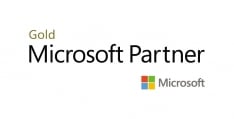

Total without package: £11285
Package price: £6795 (Save £4490)
Limited budget?
 If you miss out, enquire to get yourself on the waiting list for the next day!
If you miss out, enquire to get yourself on the waiting list for the next day!











 If you wish to make any changes to your course, please
If you wish to make any changes to your course, please

